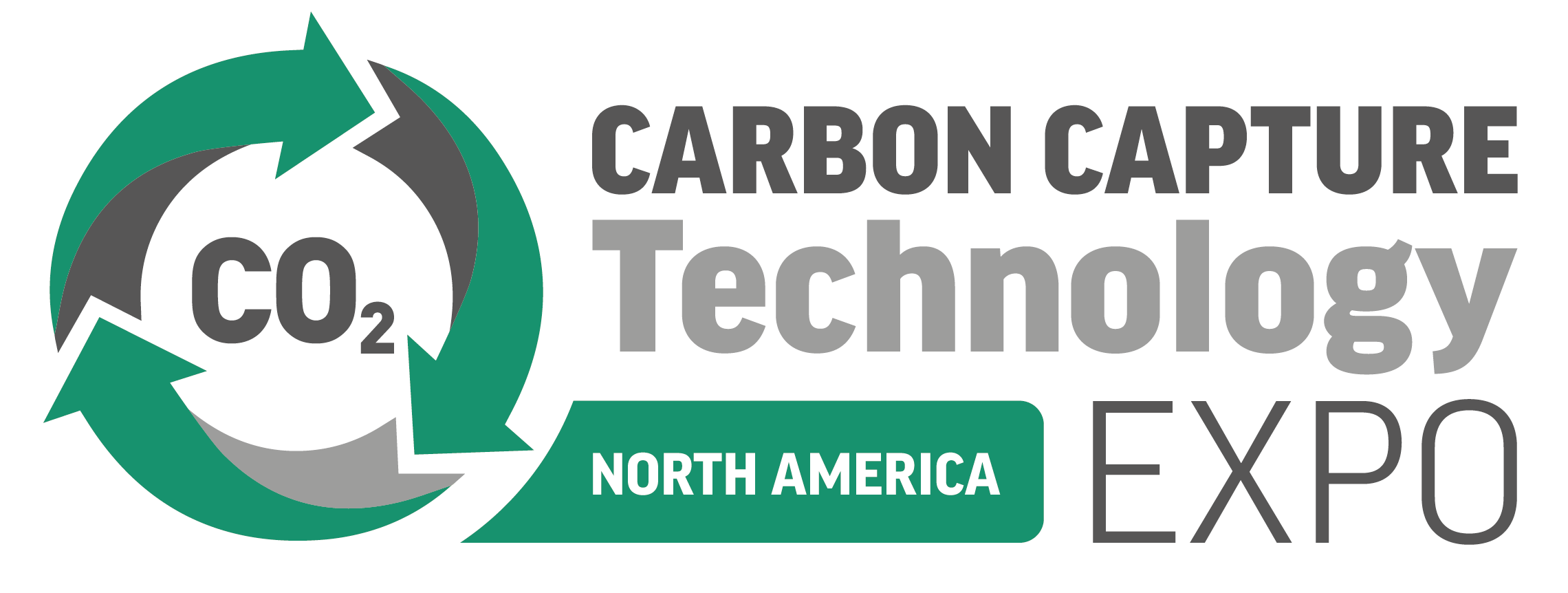Project Greensand receives approval from the DNV as it targets 8 million tons of CO2 storage by 2030
)
The DNV, an independent energy expert and assurance provider has revealed that it has awarded Project Greensand – an underground infrastructure for CO2 storage in Denmark –with a Statement of Conformity. The project is claimed as the first globally to show that CO2 can be transported across national borders while also being stored offshore to aid in climate change.
The safety verification was presented following several years of involvement by the DNV in Project Greensand’s entire value chain concept which included the company studying plans, the suitability of the underground facilities and the practicability of the storage and designs. The assurance provider was also present during a stress test of the individual sub-elements. During this period, the DNV also analyzed all the safety aspects of Project Greensand’s pilot phase.
The Statement of Conformity shows that Project Greensand is in compliance with all Danish and international laws and standards.
“Our team of experts have worked closely with the Greensand consortium and followed the development of the project over the last few years,” said Mick Cramer Jakobsen, regional head of customer relations and project director for the safety verification at the DNV. “Our safety verification of Project Greensand’s entire pilot phase clearly shows that the project is fit for purpose, safe and compliant with all relevant Danish and international regulations and the highest standards. Naturally, it will be advantageous to have the safety verification already in place before the next phase of Project Greensand commences.”
“We are delighted that all safety aspects of Project Greensand have been approved by the best in the field,” added Mads Gade, head of country, INEOS Denmark. “We are convinced that safety will be a vital competitive parameter in the future CCS market. DNV’s thorough work and verification guarantee that our system can ensure that the stored CO2 remains underground, and that the safety of our employees remains paramount in the North Sea.”
Following the safety verification of the pilot phase, the project will continue working towards its target of storing up to 1.5 million tons of CO2 each year in 2025 and 2026. A total of up to 8 million tons of CO2 is targeted for each year by 2030.
“Exceptionally strict requirements have been set for the safety procedures for operations in the North Sea – for instance, through the Offshore Safety Directive,” explained Gade. “The safety requirements for CO2 storage onshore are not quite so stringent, but despite the many safety procedures we see these strict requirements as a great asset. The Offshore Safety Directive and other complex laws and regulations mean that our work in the North Sea is protected by both belt and braces.
“Along with the safety verification from DNV, we have a solution that has already been tested and shown to be safe and effective, and we should continue this going forward when Denmark’s CCS market is to be scaled up further in the future.”



)
)
)
)
)
)
)



)
)
)
)
)
)
)
)
)
)
)
)
)
)

)

)
)
)

)
)
)
)
)
)
)
)
)
)
)

)

)
)
)
)
)
)
)
)
)


)
)
)

)
)
)

)
)
)
)
)

